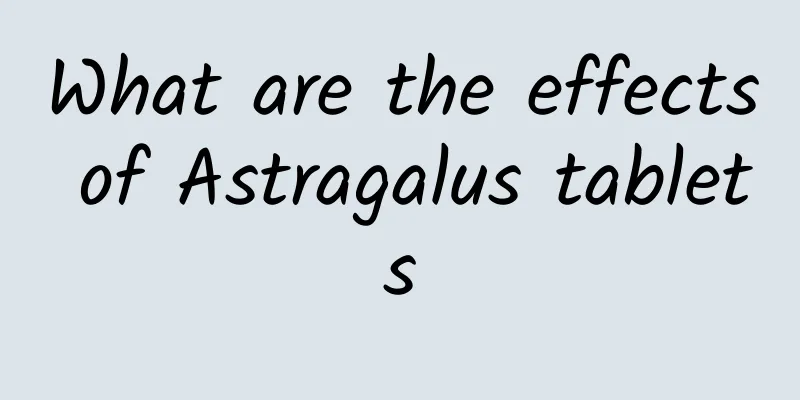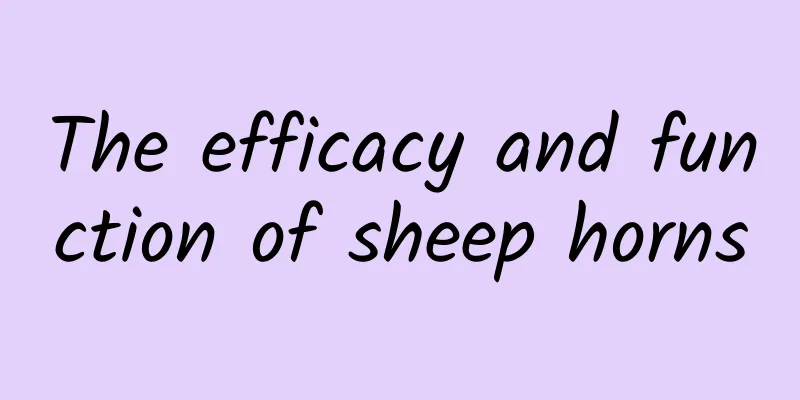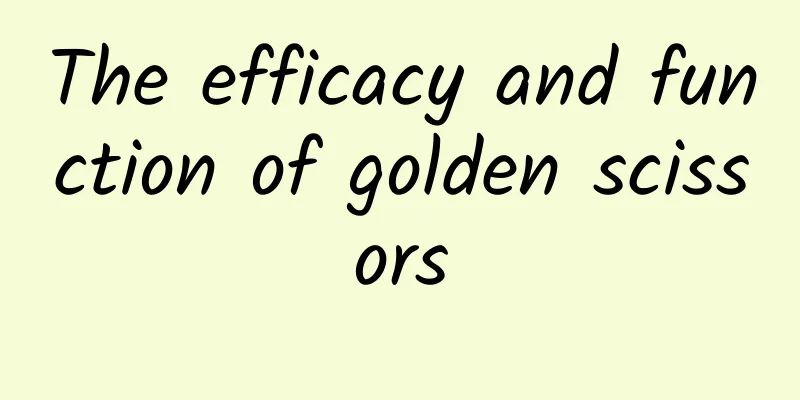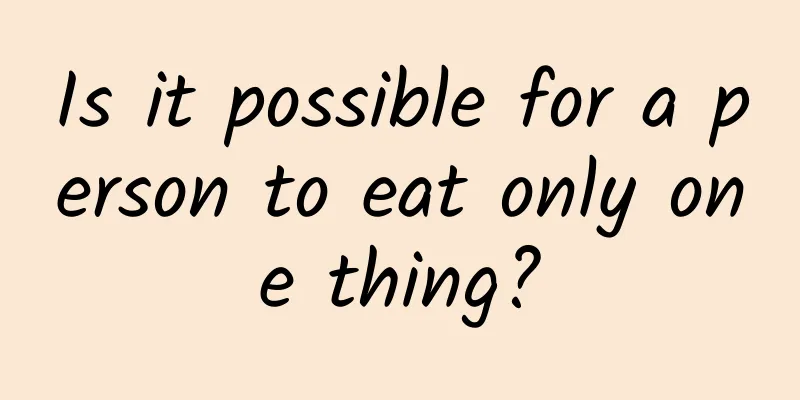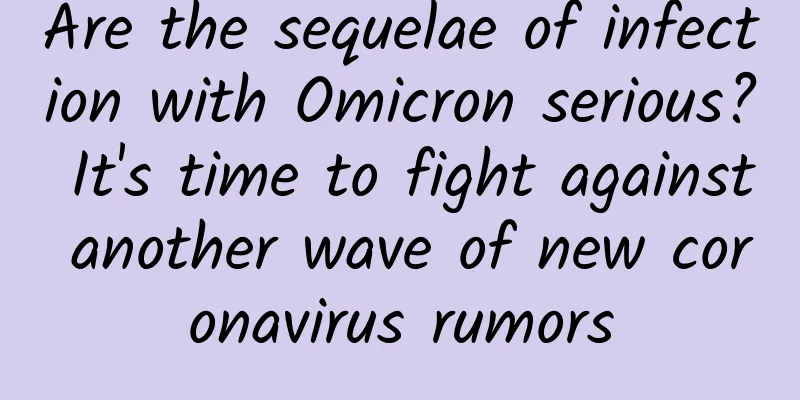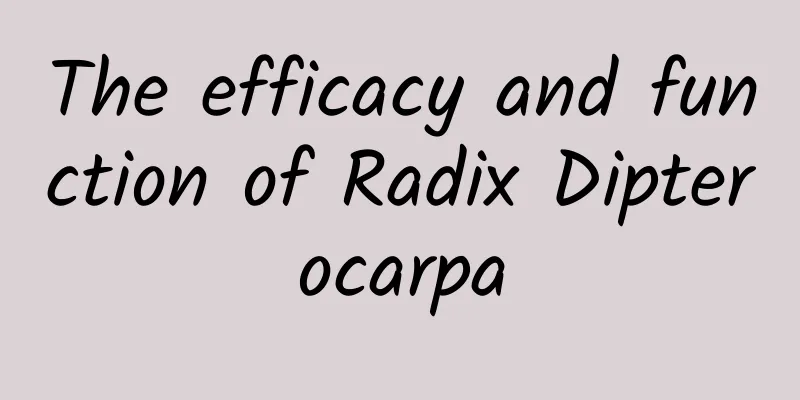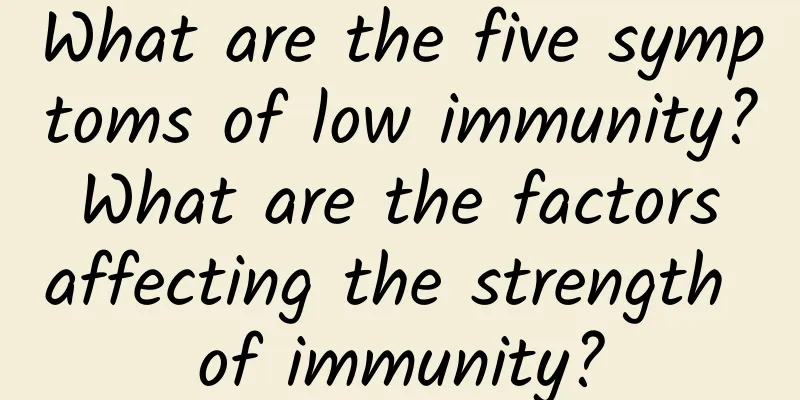The efficacy and function of goose not eating grass
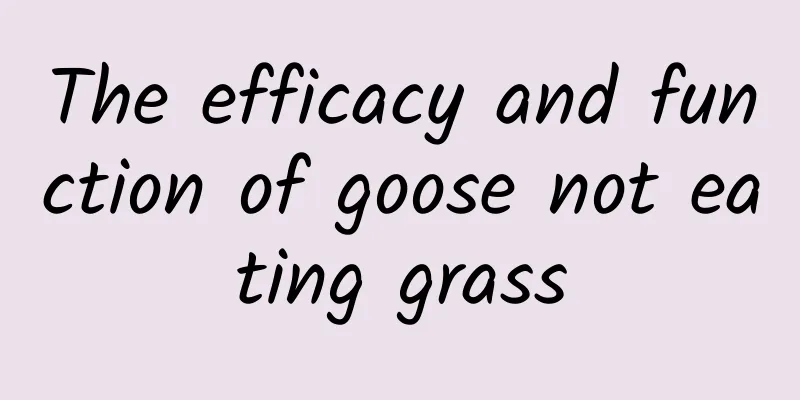
|
Goosegrass is a very helpful herb in treating diseases. When we choose such a herb, we must also learn something about it so that we know how to use it and make it work to its maximum effect. It is also helpful in treating diseases in the human body. Goosegrass has many effects and functions , and it depends on how we use it. The effects and functions of goose grass are also multifaceted, so when we use it, we also have to pay attention to certain aspects, so that when using it, it will achieve a good effect and be helpful to our health. Goose does not eat grass is used to dispel wind, relieve nausea, detoxify and reduce swelling. It is mainly used to treat colds, headaches, sinusitis, nasal polyps, coughs, throat paralysis, deafness, conjunctivitis and cataracts, malaria, rheumatic pain, injuries from falls, swelling and pus, and scabies. Property identification: The whole plant is twisted into a ball. The fibrous roots are slender and light yellow; the stems are thin, branched, brittle, easy to break, and the cross section is yellowish-white. The leaves are small and nearly sessile; the leaves are mostly wrinkled or broken, and the intact ones are spoon-shaped when flattened, with a gray-green or brown surface and 3-5 teeth on the edges. Inflorescence yellow or yellowish brown. The smell is faint and irritating if you smell it for a long time. The taste is bitter and slightly spicy. The best ones are gray-green in color and have a strong stimulating smell. Microscopic identification of leaf cross section: upper epidermal cells are slightly cut and elongated. There is one row of palisade tissue; the spongy tissue cells are round. The lower epidermis has more glandular hairs and non-glandular hairs, composed of 4-6 cells, 560-750μm long, with base cells 40-60μm in diameter, gradually decreasing upwards, and the top cells are narrow and thin, twisted into a revolutionary shape. Surface view of the epidermis: wall diameter is about 20μm, and stomata are indefinite. Functions and indications: dispel wind, relieve phlegm, detoxify and reduce swelling. It is mainly used to treat colds, headaches, sinusitis, nasal polyps, coughs, throat paralysis, deafness, conjunctivitis and cataracts, malaria, rheumatic pain, injuries from falls, swelling and pus, and scabies. The above is a good introduction to the effects and functions of goose grass . When using it, we should also choose according to our own needs. This will be of great help in treating diseases or improving physical fitness. However, such herbs cannot be chosen casually, but should be selected appropriately. |
<<: The efficacy and function of Psoralea corylifolia
>>: The efficacy and function of Chuanxiong
Recommend
"After I was infected with the coronavirus, I disappeared from my circle of friends"
Family Have you heard of washing machine love? Fi...
The efficacy and function of earth palm root
I don’t know if you are familiar with the root of...
The efficacy and function of iron fence
Iron fence is a very common type of traditional C...
State Post Bureau: Statistical Communiqué on Postal Industry Development in 2022
1. Business Development 1. Business scale In 2022...
The efficacy and function of Agave [Picture]
Agave [picture] is a very common Chinese medicine...
The efficacy and function of Pennisetum
Pennisetum is a very common Chinese medicine in o...
What are the dietary taboos when taking Chinese medicine?
Many of the medicinal materials used in tradition...
The efficacy and function of wrinkled foxtail grass
With the development of society and the close int...
I can now see hundreds of birds of prey a day, which I usually only see by luck.
Every bird watcher wants to see birds of prey . I...
Gas Safety | How to Choose Gas Monitoring Products Correctly?
People often use three types of fuel gas in their...
What are the medicinal values of loquat?
Loquat is a fruit we often eat. It is also a frui...
To protect bones, the most important thing to supplement is not calcium, but this! I regret knowing it too late...
After several years of unremitting brainwashing b...
The efficacy and function of Nantian Xianzi
There are many kinds of common Chinese herbal med...
Does Titan also have dust storms? Hydrocarbon dunes discovered, conducive to the formation of dust storms
[Mobile software: Bo Ke Yuan] In a new study publ...
